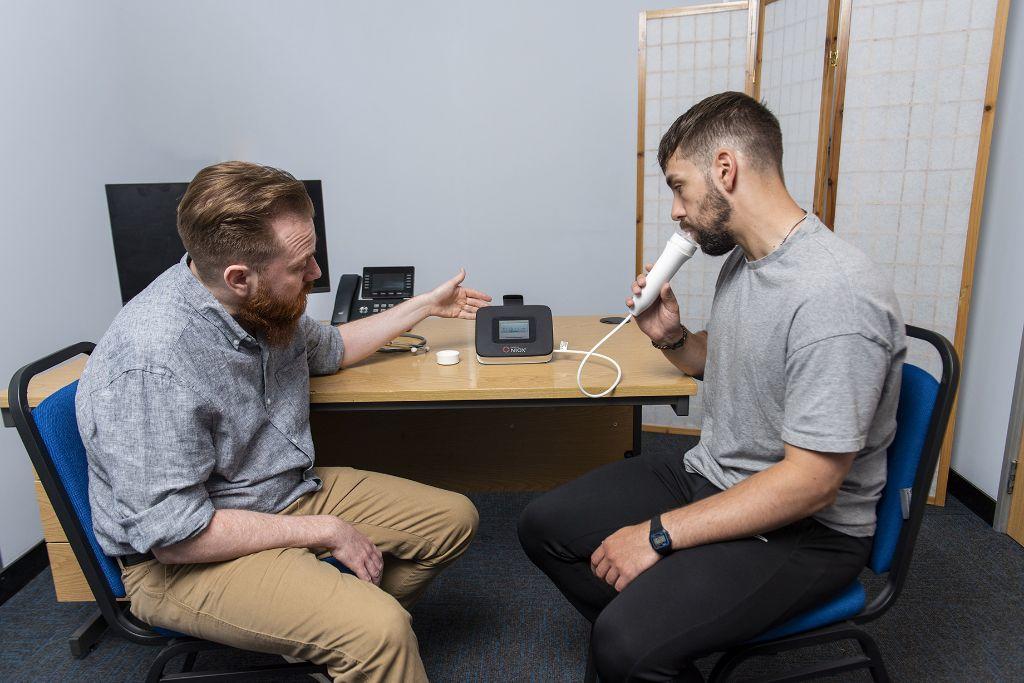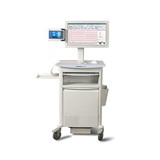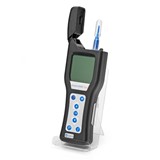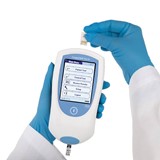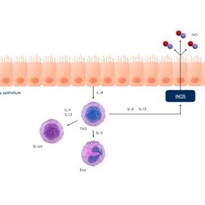The 2025 GINA guidelines expand the role of FeNO testing to support the diagnosis of Type 2 asthma, in addition to its established use in asthma assessment and management.
GINA released their updated guidelines, Global Strategy for Asthma Management and Prevention, in May 2025. These guidelines see an expansion of the use of FeNO into diagnosis of Type 2 asthma, alongside the previously cited use in the management of asthma. The updated guidelines contain new inclusions for FeNO and biomarkers from the 2024 guidelines.
Diagnosis of asthma in adults and children over 6 years old1
FeNO is recognised by GINA as supporting the diagnosis of Type 2 asthma. GINA describes the diagnosis of asthma to be based on the history of characteristic asthma symptom patterns and evidence of variable expiratory airflow, stating the importance of testing before treating with inhaled corticosteroids, as it is more difficult to confirm a diagnosis when asthma control has improved.
So, where does FeNO fit into this? The new guidelines state that if patients present with typical asthma symptoms, but lung function testing is not available or is normal, then an elevated FeNO value can support the diagnosis of Type 2 asthma. The guidelines provide cut-off values indicative of Type 2 asthma of ³ 50 ppb for adults and ³ 35 ppb for children, in line with other international guidelines such as ATS/ERS and NICE/BTS/SIGN.2,3 The guidelines do note however, that low levels of FeNO or blood eosinophils does not rule out asthma.
Assessment of asthma in adults and children over 6 years old1
Further to FeNO’s inclusion in diagnosis, FeNO is also included in the guidelines for the assessment of asthma, where FeNO’s role in assessing a patient’s risk of exacerbation, even if their symptom control is good, is highlighted. It is noted that this could be measured in a primary care setting.
Asthma management in adults and children over 6 years old1
FeNO’s role in asthma management in the guidelines remains focused around using it for asthma management. GINA focuses on personalised asthma care, with an assess, adjust, review cycle – which has been in GINA’s recommendations for asthma management since 2014. It has been redesigned in the latest update to include the use of biomarkers, such as FeNO, to assess response to treatment.
FeNO is also included in asthma management to guide treatment with ICS. The guidelines state that a high FeNO can support the decision to start ICS, but a low FeNO should not be used to decide against it. FeNO suppression testing has been highlighted as a useful tool to assess adherence and control in asthma. An elevated FeNO is often due to poor adherence to ICS.
What is FeNO Testing?
Fractional exhaled nitric oxide (FeNO) testing is a simple, non-invasive, and rapid point-of-care test to measure airway inflammation associated with Type 2 asthma.*
FeNO testing involves inhaling then exhaling through the device to measure a patient’s FeNO level and can be used on adults and children.**
FeNO testing is a quick and easy way to diagnose and manage asthma.*
Other changes in the 2025 GINA guidelines1
The updated GINA report includes a dedicated biomarker section with a new summary resource that consolidates guidance on Type 2 biomarkers - particularly FeNO and blood eosinophils - for asthma diagnosis, phenotyping, and predicting treatment response. It also outlines factors influencing FeNO levels, such as age, sex, time of day, allergen exposure, and measurement method.
The guidelines emphasise the complementary role of FeNO and blood eosinophils in predicting exacerbation risk and guiding add-on therapy decisions like biologics.
The 2025 GINA update marks a major step forward in asthma care, embedding FeNO testing across diagnosis, assessment, and management. With clear cut-off values and clinical guidance, FeNO is now recognised as a key biomarker for identifying Type 2 inflammation and personalising treatment. As precision medicine advances, integrating FeNO into routine asthma care is more important than ever.
References:
1. Global Initiative for Asthma (GINA). Global strategy for asthma management and prevention. 2025 update.
2. Dweik RA et al. An official ATS clinical practice guideline: interpretation of exhaled nitric oxide levels (FeNO) for clinical applications. Am J Respir Crit Care Med. 2011;184(5):602-15.
3. Data on File
* Alving K et al. Validation of a new portable exhaled nitric oxide analyzer. NIOX VERO®: randomized studies in asthma. Pulm Ther. 2017;3:207-218.
** NIOX®. Product Labelling Summary NIOX VERO® 2023.


